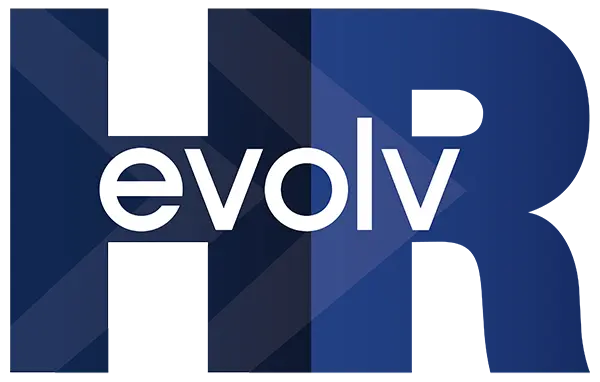Building the Future of Work: Crafting a WFH Agreement That Works
The shift to remote work has redefined how organizations operate. While the flexibility of working from home has brought numerous benefits—higher productivity, lower stress levels, and improved work-life balance—it also presents unique challenges. A well-crafted Work From Home (WFH) agreement ensures that both employees and employers are aligned, paving the way for a successful remote work strategy.
evolvHR’s WFH Agreement Template simplifies this process by offering a comprehensive framework to address key aspects of remote work.
Why a WFH Agreement Matters
Remote work thrives on trust and communication. Without clear guidelines, misunderstandings can arise about expectations, accountability, and boundaries. A WFH agreement serves as a blueprint for managing these dynamics, protecting both employee rights and organizational interests.
Defining Key Components of a WFH Agreement
1. Work Schedules and Availability
Remote work doesn’t mean always-on work. The agreement should outline expected work hours, availability for meetings, and flexibility for personal commitments. Clear scheduling ensures that employees remain productive without risking burnout.
2. Communication Protocols
Effective communication is the backbone of remote work. The WFH agreement should specify preferred communication tools (e.g., email, Zoom, Teams) and set expectations for response times, meeting attendance, and check-ins.
3. Equipment and Security
Providing employees with the right tools is essential for their success. The agreement should list company-issued equipment, outline maintenance responsibilities, and address security protocols to protect sensitive information.
4. Safety and Ergonomics
Remote workspaces should be safe and conducive to productivity. Including guidelines for maintaining an ergonomic and hazard-free workspace not only ensures compliance but also promotes employee well-being.
5. Policy Compliance
All remote employees should adhere to existing company policies, such as those in the employee handbook. The WFH agreement should reinforce this commitment and specify consequences for policy violations.
Best Practices for Rolling Out a WFH Agreement
- Customize for Your Organization: While templates offer a starting point, adapting them to reflect company culture and specific needs is crucial.
- Communicate Clearly: Introduce the agreement through workshops or Q&A sessions to address employee concerns.
- Review and Update Regularly: Remote work dynamics evolve, so periodic updates to the agreement keep it relevant and effective.
The Bigger Picture: Creating a Culture of Trust
A WFH agreement is more than a document—it’s a commitment to fostering trust and collaboration in a virtual setting. By proactively addressing potential challenges, HR leaders can build a culture where remote employees feel supported and empowered.
Partnering with evolvHR
evolvHR is dedicated to helping organizations adapt to the future of work. Our WFH Agreement Template is designed to provide clarity, compliance, and confidence for your remote teams. From policy creation to implementation, we’re here to support HR leaders every step of the way.
Connect with evolvHR today to create a WFH strategy that works for your team and your business.
Ready to Transform Your Human Resources Operations?
Encourage HR leaders to use evolvHR’s WFH agreement template to ensure clarity, compliance, and productivity in remote work setups.
Contact EvolvHR today to learn how we can help you implement these strategies and build a stronger, more resilient organization.
